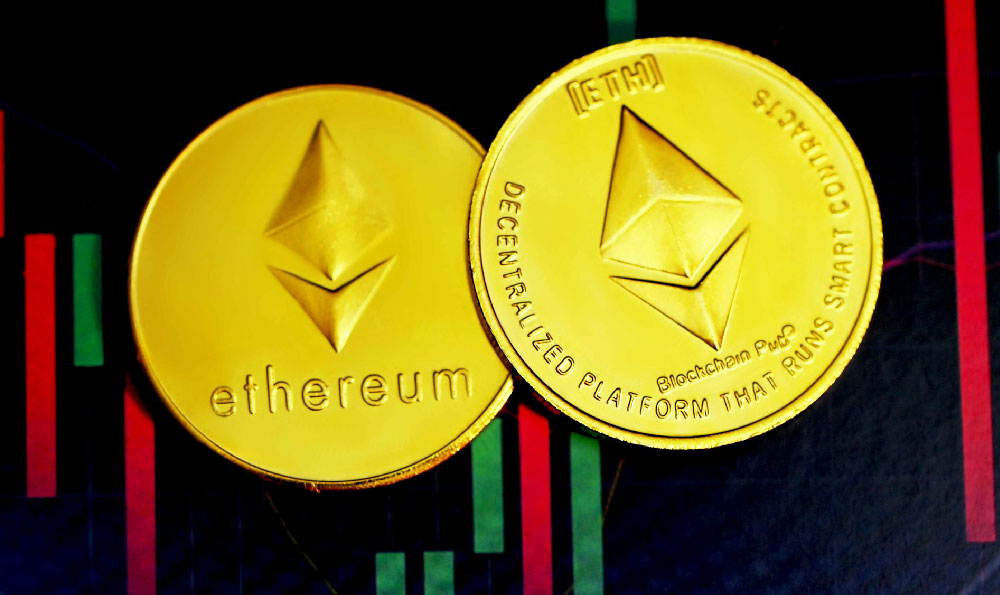Blogging about your life is a creative and potentially profitable endeavor, but its viability depends on your goals, audience, content strategy, and willingness to invest in the process. While it's true that some individuals have successfully monetized personal blogs, the journey often requires more than just sharing daily experiences. To transform a lifestyle blog into a sustainable income source, you need to understand the dynamics of digital content creation, the importance of audience engagement, and the diverse monetization models available. Let's explore how this is possible, the challenges involved, and the key factors that determine success.
The foundation of any profitable blog lies in the ability to provide value. A life blog that merely documents mundane activities without offering insights, entertainment, or practical tips will struggle to attract and retain readers. Readers are drawn to authenticity, but they also seek content that resonates with their interests. For example, a blog that combines personal anecdotes with actionable advice on productivity, mental health, or travel planning can create a unique niche. This dual approach not only builds a connection with your audience but also opens doors to monetization opportunities. However, it's essential to recognize that the transition from a personal diary to a monetized platform requires a shift in mindset — from casual sharing to strategic content creation.
Monetization strategies for life blogs can vary significantly. Affiliate marketing is a common approach, where bloggers earn commissions by promoting products or services through unique referral links. This requires identifying relevant products that align with your blog's theme and ensuring that your recommendations are genuine. Sponsored content is another avenue, involving partnerships with brands to create posts or videos that integrate their messaging. While this can generate substantial revenue, it often comes with the risk of compromising authenticity, which is crucial for maintaining reader trust. Additionally, selling digital products like e-books, courses, or printables can provide passive income, but it demands upfront effort in creating high-quality content and marketing it effectively.

The effectiveness of these strategies hinges on the size and engagement of your audience. A dedicated readership that actively interacts with your content through comments, shares, or subscriptions becomes a valuable asset. However, building such an audience takes time. For instance, a blog with 50,000 monthly visitors may generate income through Google AdSense, but the amount could be modest compared to a blog with 500,000 visitors. Moreover, niche audiences often pay more for targeted content, making it wise to focus on a specific area within the broader "life" theme. This could involve creating a blog centered around personal finance, mental well-being, or lifestyle hacks, each of which has established monetization pathways.
Another factor to consider is the platform's ability to support monetization. While some platforms like Medium offer limited advertising options, self-hosted blogs or platforms like WordPress can provide greater flexibility. However, this freedom comes with responsibilities, including managing hosting costs, optimizing for search engines, and maintaining a consistent publishing schedule. The choice of platform should align with your technical skills and long-term vision for scalability.
The journey of monetizing a life blog also involves navigating challenges such as content saturation, algorithm changes, and the need for continuous innovation. For example, as more creators enter the lifestyle niche, standing out becomes increasingly difficult. This necessitates a commitment to delivering unique perspectives, experimenting with multimedia formats, and leveraging user-generated content to enhance engagement. Moreover, staying updated on platform algorithms and trends is crucial, as search engine visibility and social media reach can fluctuate based on external factors.
Ultimately, the ability to make money through a life blog depends on a combination of factors. These include the quality of your content, the size and engagement of your audience, the effectiveness of your monetization strategies, and your adaptability to market changes. It's important to approach this endeavor with realistic expectations, as profitability is rarely immediate and often requires months or even years of dedication. However, by focusing on value creation, experimenting with revenue streams, and building a loyal community, it's entirely possible to turn your blog into a sustainable income source. The key lies in balancing authenticity with strategy, and in understanding that the path to financial success through blogging is as much about persistence and learning as it is about content itself.












